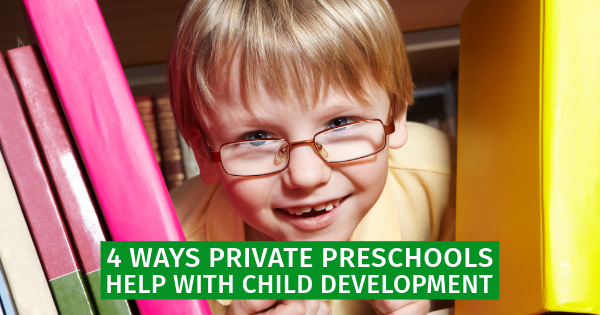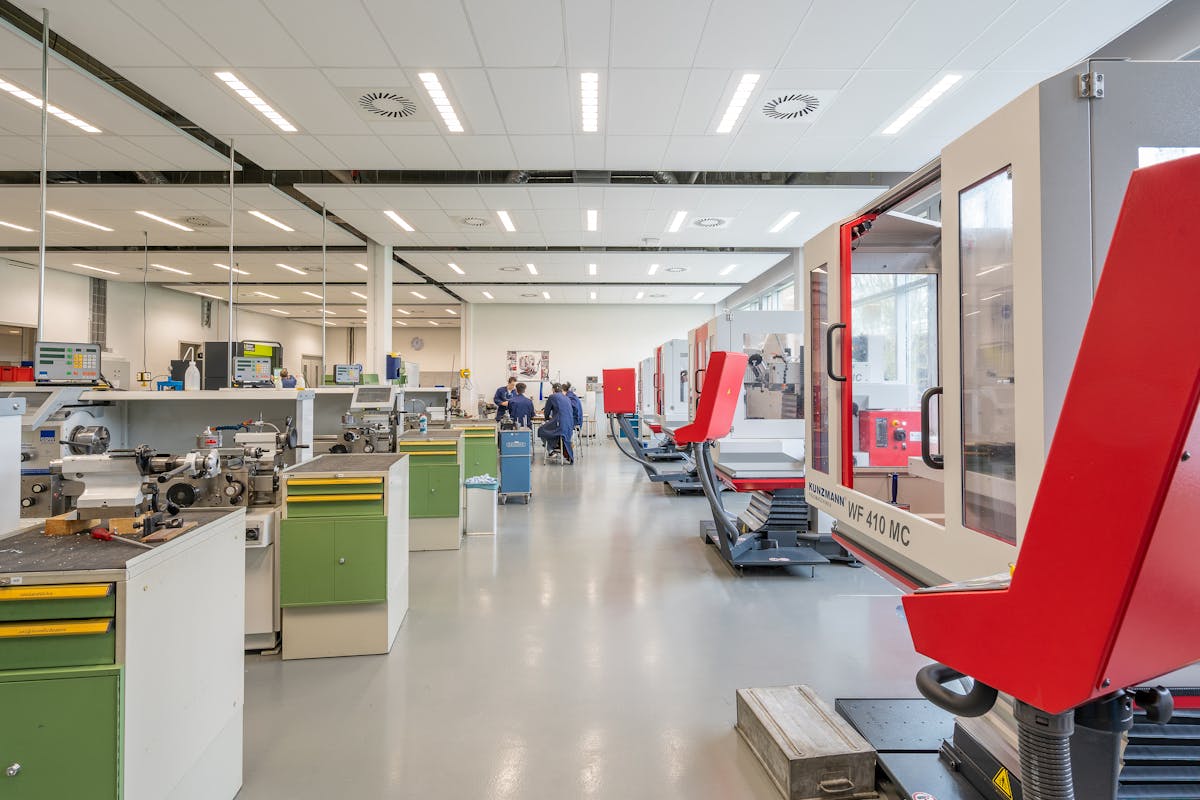
Self-confidence is a vital part of child development, and it can significantly impact their future success and happiness. Both home and school environments play crucial roles in nurturing this attribute. Understanding how these environments contribute can help parents and educators provide better support for growing children. In this blog post, we will explore how self-confidence is developed at home, at school, and the importance of a cooperative effort between the two.
Home is the first environment where children begin to develop a sense of self-confidence. From a very young age, children look up to their parents for validation and encouragement. According to Reflection Sciences, an average child begins to gain self-confidence by age 4. Therefore, it’s vital for parents to provide positive reinforcement and create a safe, supportive space where children feel free to express themselves and take risks. Praise for effort rather than just achievements helps in fostering a growth mindset.
School is another critical environment where children can learn and practice self-confidence. Teachers can provide opportunities for students to succeed in different areas, from academics to extracurricular activities. Classrooms that promote collaborative learning and include a variety of tasks cater to different strengths, enabling children to discover what they are good at. It is essential for educators to recognize individual achievements and encourage their students to take on new challenges without the fear of failure.
The development of a child’s self-confidence involves a synergy between home and school environments. When parents and teachers communicate effectively, they can work together to create consistent and reinforcing messages of support. For instance, if a teacher informs a parent about a child’s improvement, the parent can acknowledge and celebrate this progress at home. Such combined efforts ensure that children receive a cohesive, encouraging environment that bolsters their self-esteem.
In conclusion, fostering self-confidence in children is a shared responsibility between parents and educators. Positive reinforcement, providing opportunities for success, and effective communication are key elements in this process. By being mindful of how both home and school environments contribute to a child’s self-esteem, we can collectively help them develop into confident and competent individuals ready to take on the world.


